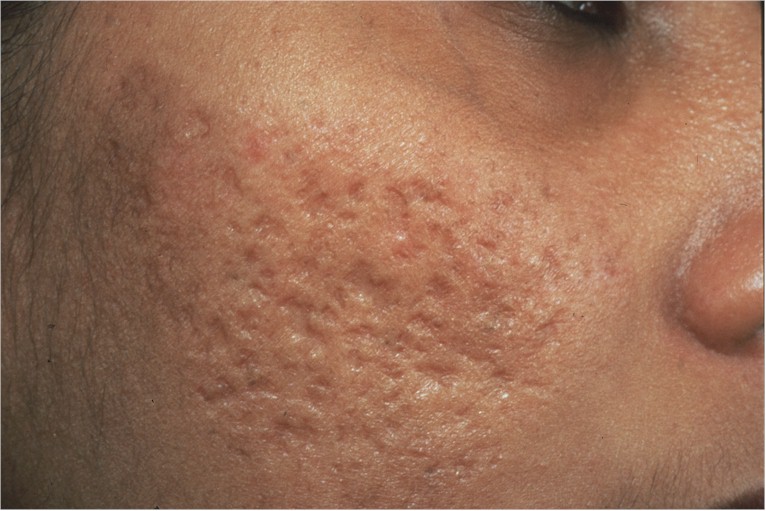
Acne
It is a most common skin disease that causes pimples.
Pimples are form when the hair follicles under the skin clog up. Most pimples form on the face, neck, chest, and shoulders. Anyone can get acne, but it is common in teenagers and young adults.
Causes of acne: Chocolate and greasy foods, Genetic, Hormone changes (rise in androgen levels), dirty skin.
Types of acne:
Blackheads: They are black and appear on the surface of the skin and are clearly visible.
Cysts: They are painful, filled with pus and are clearly visible on the surface of the skin.
Papules: They are small bumps, usually pink, visible on the surface of the skin.
Nobules: They are large, solid pimples clearly visible on the surface of the skin. They are painful and are embedded deep in the skin
Pustules: They are red at their base, clearly visible on the surface of the skin and have pus at the top.
Whiteheads: These are very small and remain under the skin.
Pathophysiology: Medically acne is known as Acne Vulgaris, it is a skin disease that involves the oil glands at the base of hair follicles. It occurs during puberty when the oil glands (sebaceous) come to life, the glands are stimulated by male hormones produced by the adrenal glands of both males and females.
Preventions:
Treatment for acne:
Topical preparations: Various types of creams, gels, and lotions are used to treat acne.
Benzoyl peroxide: It is a common topical preparation and it has 3 actions. It kills germs (bacteria), reduces inflammation and helps to unplug blocked pores.
Retinoid: They include adapalene, isotretinoin and tretinoin which come in different brand names. These are good at unplugging blocked pores. They also have some effect on reducing inflammation. Therefore, one is often used early on in acne to help to unblock pores and to treat blackheads, whiteheads and mildly inflamed spots.
Azelaic acid: It is an alternative topical antibiotic that mainly works by unplugging blocked pores. It is good to clear the blackheads and whiteheads; it has some effect on reducing inflamed acne too but probably not as much as benzoyl peroxide.
Combinations therapy: Some preparations contain a mixture of ingredients. For Eg, benzoyl peroxide with an antibiotic, or a retinoid with an antibiotic. These may work better than either ingredient alone.
Oral preparations:
Antibiotic tablets: They have a direct effect of reducing inflammation. Antibiotics work by killing germs (bacteria) that contribute to the cause of acne, usually work well to clear inflamed acne spots and any surrounding skin inflammation. The most commonly used antibiotics to treat acne are Tetracycline-based antibiotics these include: tetracycline, oxytetracycline, doxycycline and lymecycline. Other antibiotics that are sometimes used include erythromycin and trimethoprim.
Hormone treatment (The pill): Co-cyprindiol, a variety of the pill useful where sensitivity to androgen hormone is thought to be making acne worse. Co-cyprindiol contains a combination of an oestrogen plus cyproterone (an anti-androgen).
Isotretinoin tablets: Isotretinoin reduces the amount of oil (sebum) made by sebaceous glands. It works very well and usually clears spots even in severe cases.
Acne, oil glands, hair follicles, skin disorder